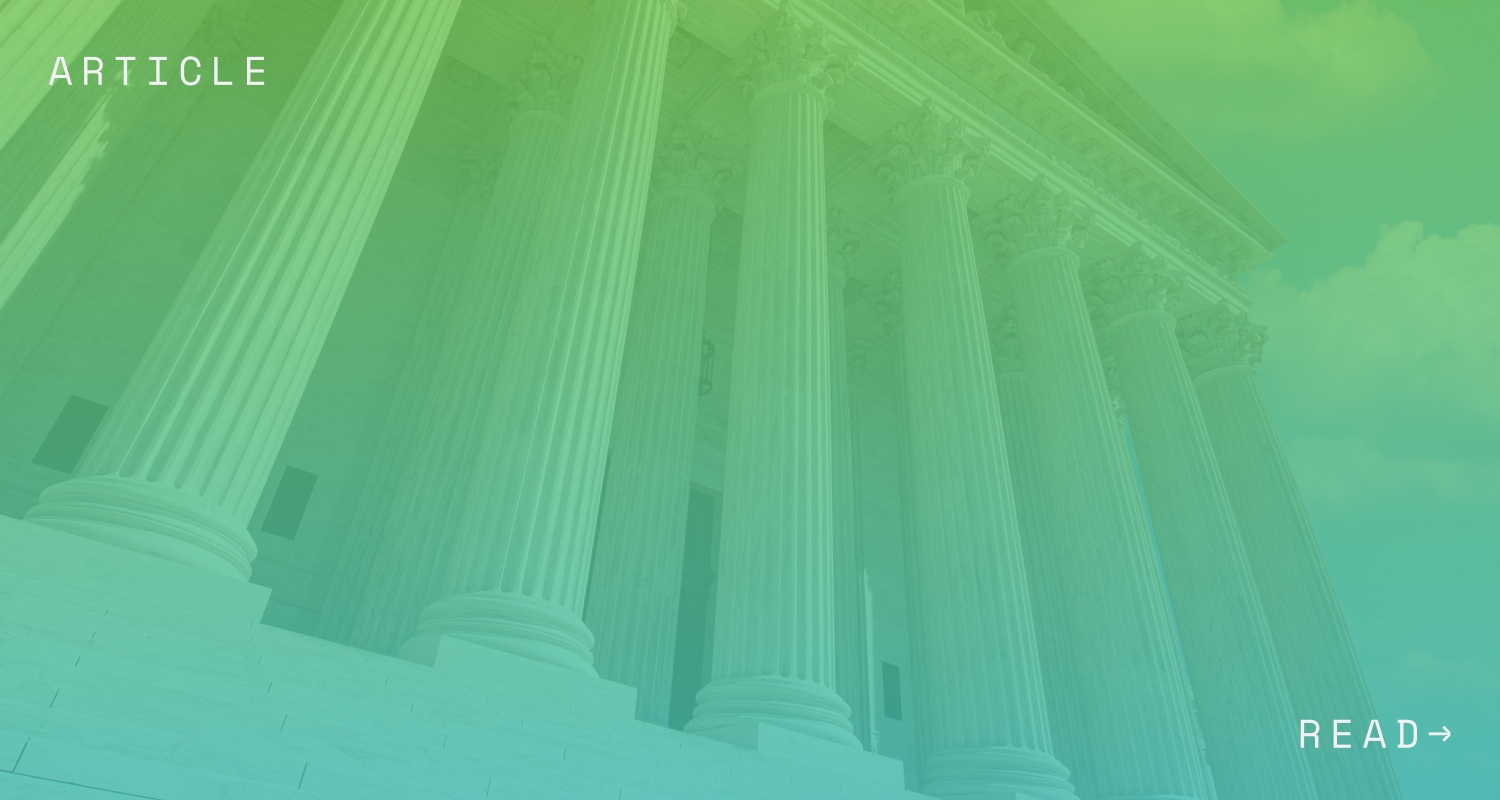Effective since 2011, the Medical Loss Ratio (MLR) provision of the Affordable Care Action (ACA) requires insurance carriers (“insurers”) to refund premiums in instances where there are excess profits, limiting the amount of premium income insurers can retain. While insurers are responsible for calculating the MLR and providing policyholders (i.e., employers who sponsor fully insured group health plans) with rebates in certain circumstances, employers who receive such rebates are required to determine how to use the rebates – which may include refunding participants.
There is no new guidance on this requirement; however, it is anticipated that large group market insurers will issue $168 million in rebates this year and employers should be prepared to administer their MLR obligations.
Background
The ACA requires that insurers in the large group market spend at least 85% of premiums received on health care claims, including quality improvement efforts (80% for individual and small group markets). When the applicable percentage is not met (which is determined by comparing incurred claims to the premiums that were paid on the plan), insurers must issue MLR rebates. Note that MLR rebates apply only to fully insured group health plans.
Since MLR rebates are calculated using a three-year average, rebates issued in 2022 utilize 2019, 2020, and 2021 data and are distributed to group health plans who purchased coverage in 2021. Insurers are required to issue any MLR rebates annually to policyholders by September 30th. Importantly, the policyholder (i.e., employer) has special obligations concerning the treatment of the MLR rebates. If any portion of the rebate is considered a plan asset, the employer must use that portion of the rebate exclusively for the benefit of plan participants, describe further below.
Employer Action
While MLR rebates are anticipated this year, rebates will vary by insurer and not all fully insured plans will receive a rebate (rebates issued will depend on the calculations described above). However, employers who do receive an MLR rebate will need to take action to determine how to use the rebate, which must be done within 3 months of receipt of the rebate.
That said, employers who receive an MLR rebate generally should first review any insurer documentation that accompanies the rebate, which often specifies which plan the rebate applies to and the calculations that went into determining the rebate. In addition, the specific plan terms of the insurance policy and relevant plan documents should be reviewed to clarify if any portion of rebate may be retained by the employer.
If the plan documents and insurance policy do not provide guidance on how to administer MLR rebates, employers will have to determine if any portion of the rebate is considered a plan asset. To do this, employers should review the portion of the premiums that are paid by the employer versus the employee to determine whether any portion of the rebate is considered a plan asset. The employer may keep the entire portion of the rebate that relates to employer contributions. For example, if the employer paid the entire portion of all premiums (on all tiers), then they can retain the entire rebate. Importantly, employers need to consider their contribution into all tiers of the plan when determining whether the rebate is considered plan assets, not just the employee-only tier of the plan.
In contrast, the portion of the rebate that relates to employee contributions is generally considered a plan asset and can only be used for the benefit of plan participants and beneficiaries (and any related administrative expenses). For example, if employees contribute 25% of the premium and employers contribute 75% of the premium, then 25% of the rebate are plan assets and must be used for the benefit of plan participants.
Once it is determined if any portion of the rebate is a plan asset, the employer should generally distribute the rebate to plan participants that were covered under the plan year for which the rebate was prescribed. However, if the cost of distributing rebates to former plan participants (such as terminated employees) approximates or exceeds the amount of the rebate, the employer may limit rebates to only current participants.
MLR rebate regulations provide four possible distribution methods: (1) premium reductions for plan participants; (2) refund back to plan participants, either through cash or check; (3) a premium holiday; or (4) benefit enhancements to the plan such as adding a new benefit or service. The allocation method chosen by the employer must be reasonable, fair and objective but does not have to reflect the actual contributions that each employee made to the plan. For example, the employer may choose to provide a flat amount of the rebate or a percentage of actual contributions, so long as the method is reasonable, fair and objective.
In sum, an employer who receives an MLR rebate must ultimately:
- Determine whether any portion of the rebate is considered a “plan asset” and must be used exclusively for the benefit of plan participants, which should be done by first reviewing the rebate communication and relevant plan terms and documents;
- Distribute the portion of the rebate that is considered a “plan asset” to plan participants within 3 months of the receiving the rebate;
- Distribute the rebate using a reasonable, fair, objective, and permissible method; and
- Determine the appropriate tax consequences of any distribution.
As mentioned, insurers are required to issue any MLR rebates by September 30th. Employers who sponsor fully insured plans should be prepared to distribute any portion of a rebate received (that is deemed to be a plan asset) within 3 months of receiving such rebate, per the above guidance.
Additional Resources
Disclaimer: This content is intended for informational purposes only and should not be construed as legal, medical or tax advice. It provides general information and is not intended to encompass all compliance and legal obligations that may be applicable. This information and any questions as to your specific circumstances should be reviewed with your respective legal counsel and/or tax advisor as we do not provide legal or tax advice. Please note that this information may be subject to change based on legislative changes. © 2022 Sequoia Benefits & Insurance Services, LLC. All Rights Reserved




